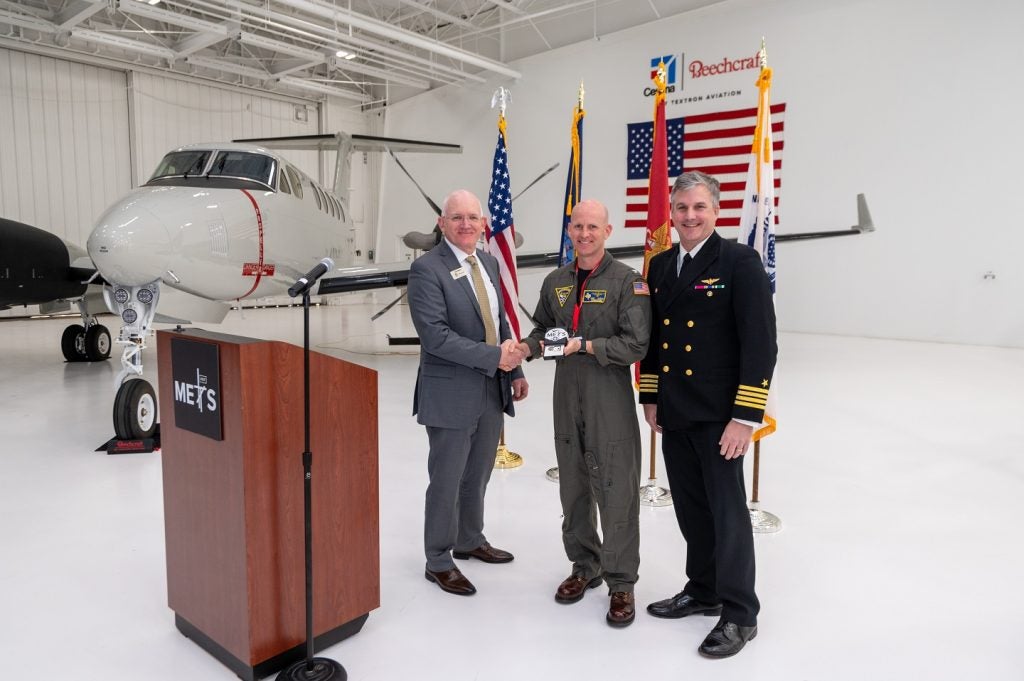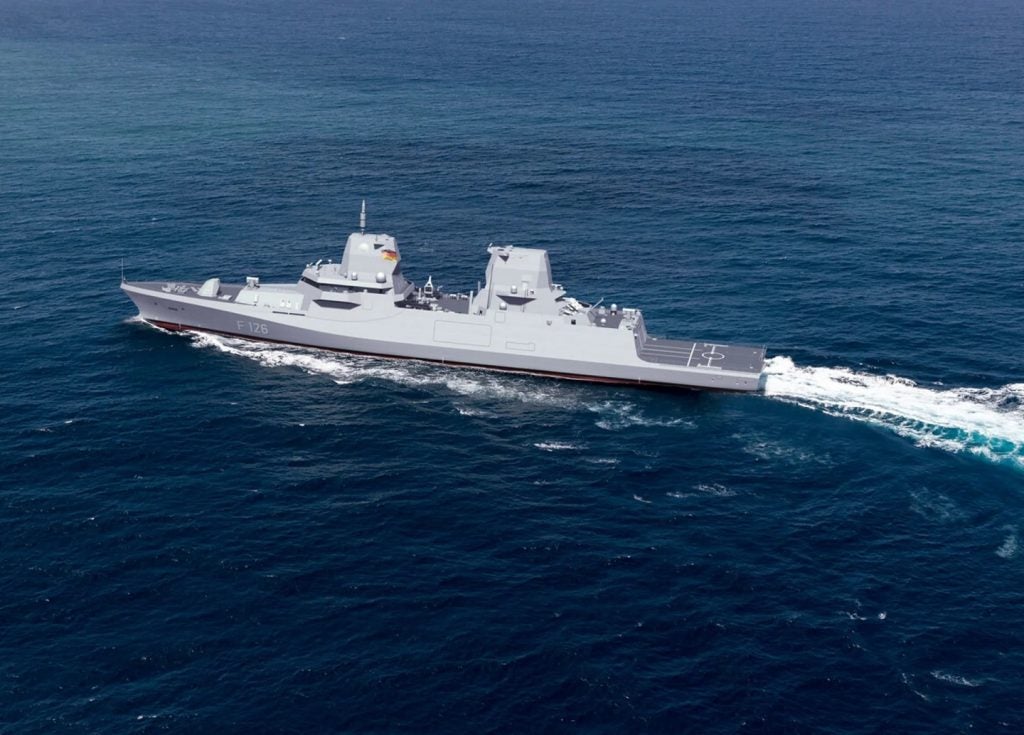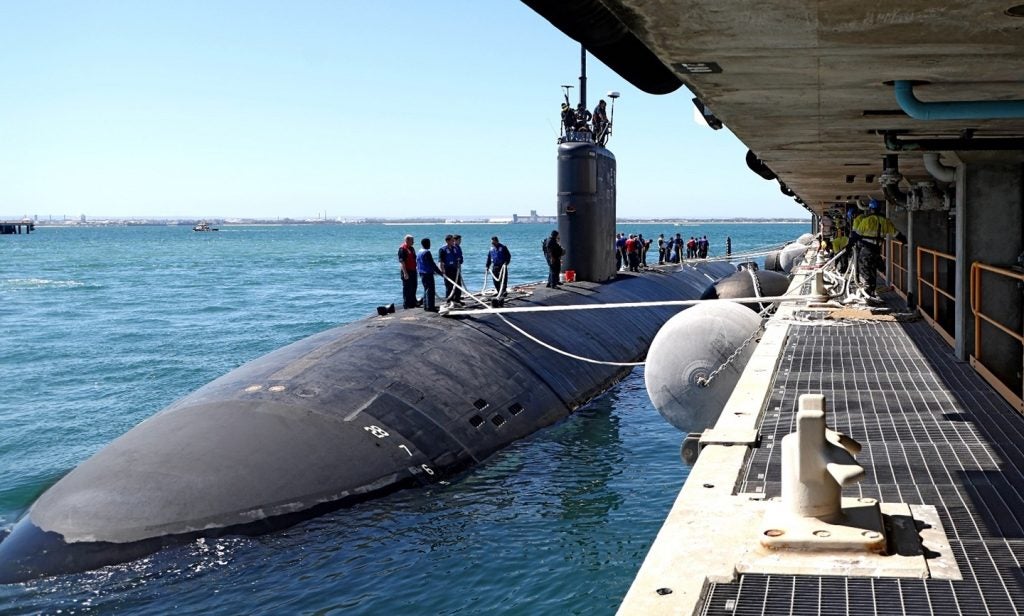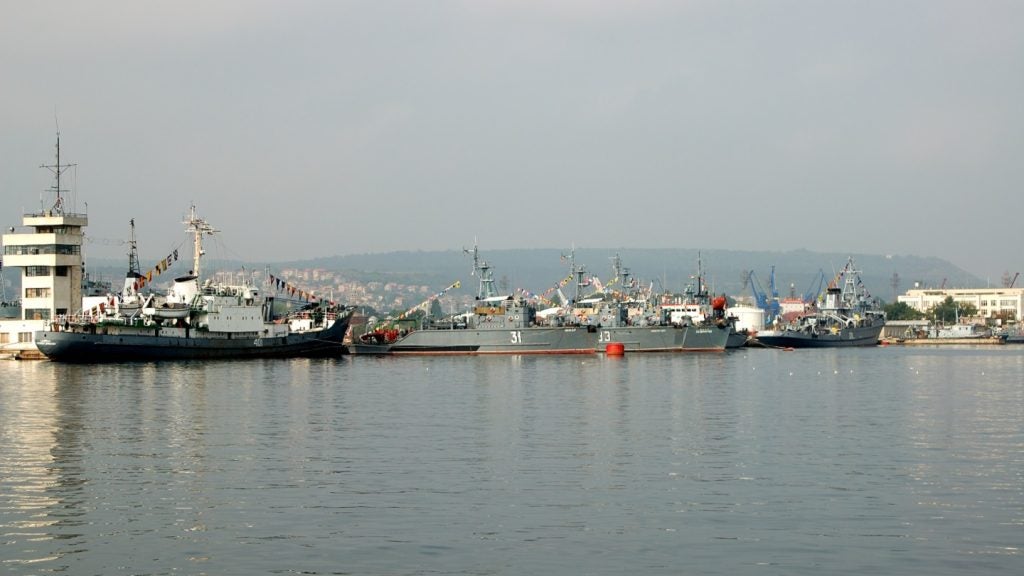
The US Navy has assessed a scaled-down version of the Surface Electronic Warfare Improvement Program (SEWIP) system for integration on its future littoral combat ships (LCS).
Designated as AN/SLQ-32C(V)6, the evolutionary development block upgrade programme for the SLQ-32 Electronic Warfare (EW) System is currently in its early development phase.
It aims to offer LCS with an enhanced electronic warfare suite to increase defence capabilities of the vessels.
Above Water Sensors (PEO IWS 2.0) major programme manager captain Doug Small said: "This system is another example of the close partnerships to deliver a tremendous improvement in warfighting capability to our sailors.
How well do you really know your competitors?
Access the most comprehensive Company Profiles on the market, powered by GlobalData. Save hours of research. Gain competitive edge.

Thank you!
Your download email will arrive shortly
Not ready to buy yet? Download a free sample
We are confident about the unique quality of our Company Profiles. However, we want you to make the most beneficial decision for your business, so we offer a free sample that you can download by submitting the below form
By GlobalData"By maintaining commonality with SEWIP Block 2, we are able to simultaneously reduce life-cycle sustainment costs for the fleet."
See Also:
Integration of the upgraded antenna, receiver and combat system interface, provides the SEWIP system with enhanced signal detection, measurement accuracies and classification, and alleviates electromagnetic interference.
The upgrade programme will widen the threat detection range of the Arleigh Burke-class guided missile destroyer.
The effectiveness of the system’s capabilities will be assessed as part of an at-sea demonstration on-board the navy’s USS Freedom (LCS 1) in December, offshore San Diego.
To be installed on surface combatants featuring the existing active version of the SLQ-32, the SEWIP Block 3 will boast enhancements for the electronic attack by offering integrated countermeasures against radio frequency-guided threats and extending frequency range coverage.
Image: A MQ-8B Fire Scout unmanned helicopter taking off from the USS Freedom LCS 1. Photo: courtesy of US Navy photo by Mass Communication Specialist 2nd Class Tim D. Godbee.








